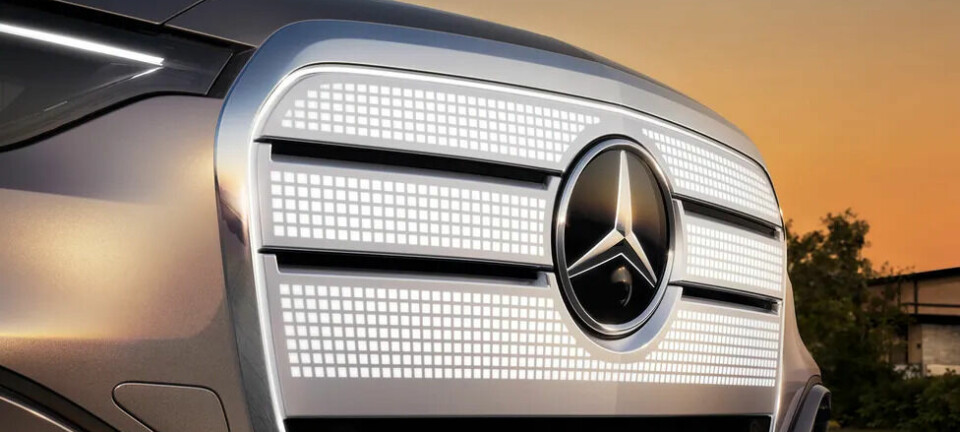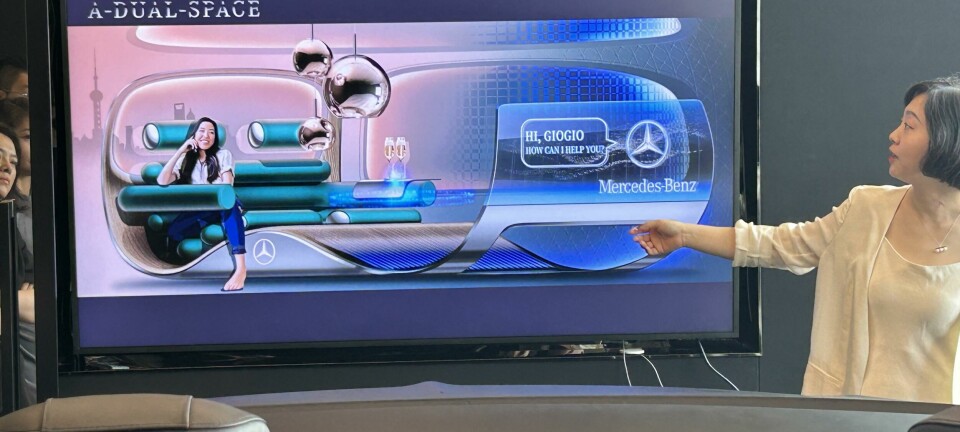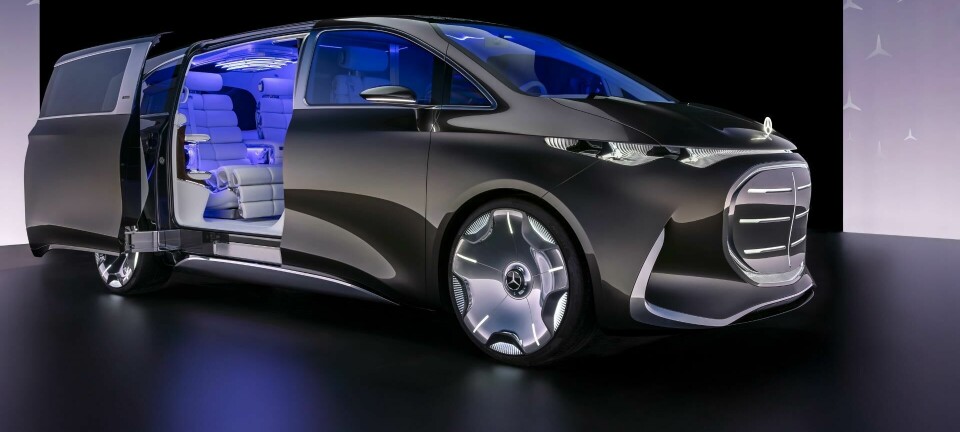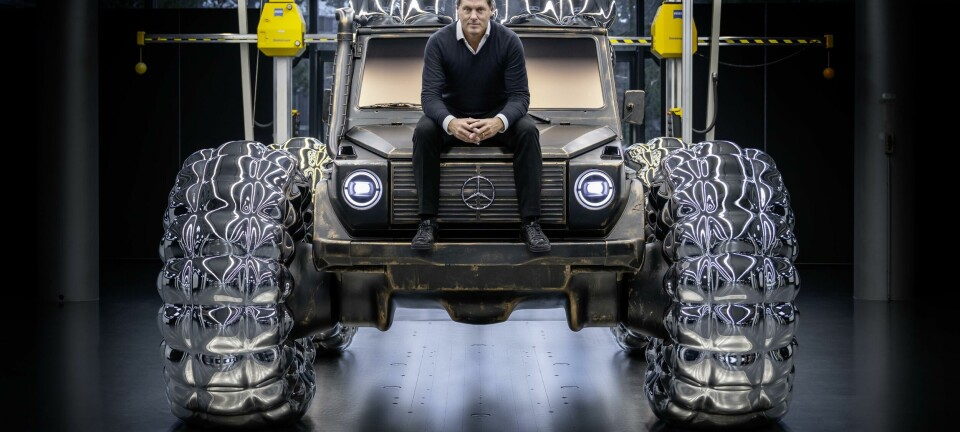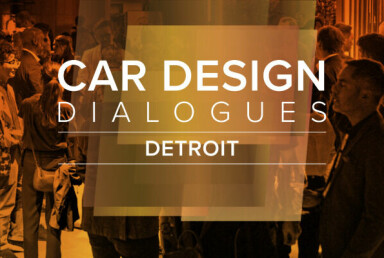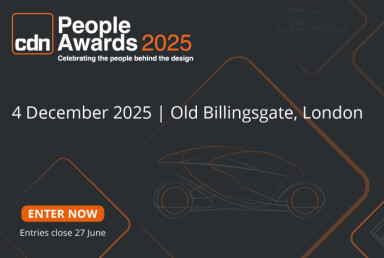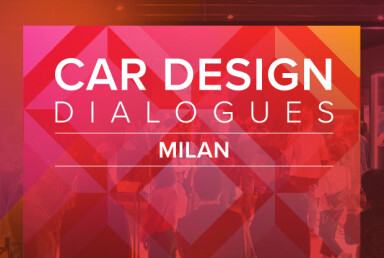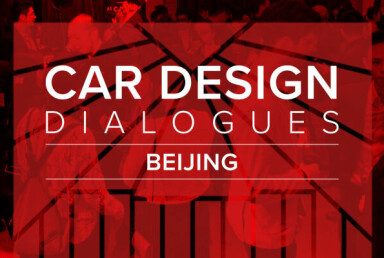Future meets heritage
“We wanted to make a statement” – Mercedes-Benz’s Stefan Lamm on Vision Iconic concept
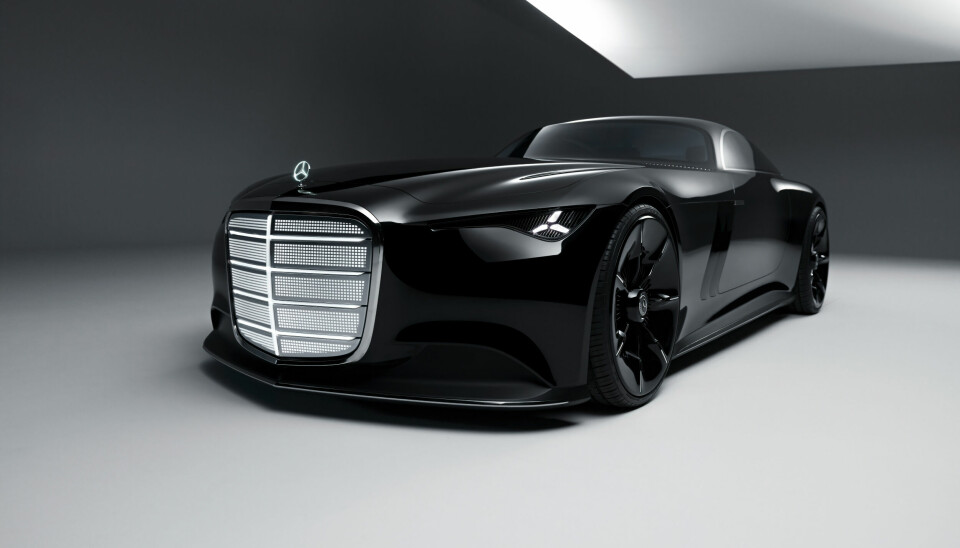
Stefan Lamm, head of global advanced design at Mercedes-Benz, describes the art of balancing past and future to create the Vision Iconic
When one of the largest car makers in the world launches a new concept, the design world tends to lean in a little closer – sometimes in admiration, sometimes in debate. Mercedes-Benz’ latest concept, the Vision Iconic, has landed firmly in the first camp.
This vehicle marks a deliberate return to glamour, drawing on the swooping forms and sculptural drama of the golden age of car design of the 1930s, emphasised in a deep black high-gloss finish. Its illuminated grille, for example, takes of the brand’s most recognisable faces and turns it into a high-tech signature – star included. The steam-punk reminiscent interior is clad in deep blue velvet and mother-of-Pearl marquetry, with the sculptural Zepplin hosting a balance of analogue and digital instruments.

This tension between past and future runs through everything Mercedes-Benz design has been doing under Gorden Wagener’s ‘Sensual Purity’ design language. Mercedes Benz’ head of global advanced design, Stefan Lamm, continues to test how much emotion can be extracted from autonomy through the latest concept, Vision Iconic. Car Design News caught up with the designer to learn more.
Car Design News: How do you find the right balance between retaining the classic Mercedes look but making the vehicle feel fresh?
Stefan Lamm: We always get inspired by the past because of the fantastic heritage of our brand, but we also need to look into the future. By designing the grill through a digital approach, we give it a certain kind of freshness. But we don’t want to do a retro design because then you have the danger of just picking up the old grille and putting it on a car, we want to put it into the future. Based on our heritage and the history of our brand, with over 100 years of automobile development, I think it’s natural that we want to stick out in the crowd. We want to be very special, and this is also part of our strategy to do desirable cars.
The illumination of the grille is something that propels the concept into the future. We’ve seen it on the new GLC and with this car we elevate the whole philosophy. We also have other technological features in the car such as solar paint [solar modules that coat the exterior of the vehicle that could harness additional range from the sun].
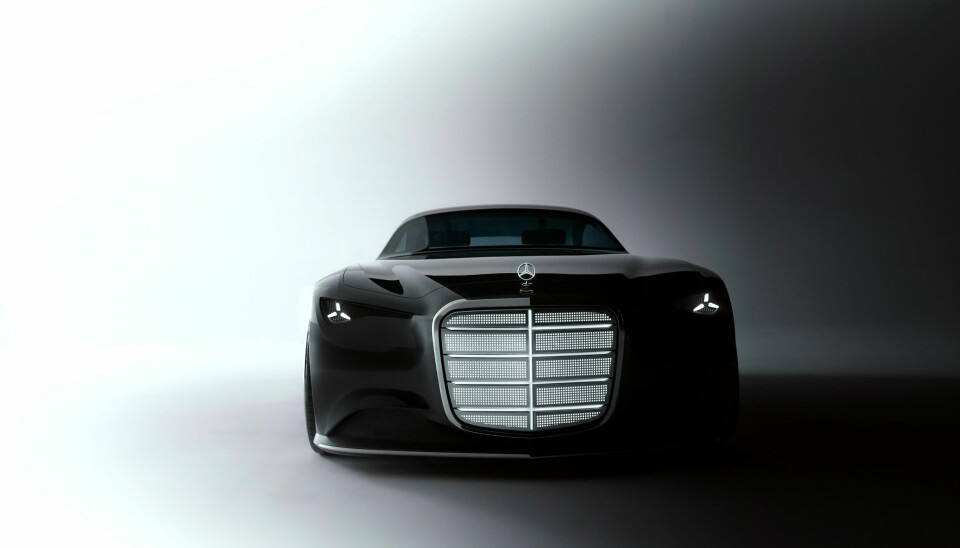
CDN: Why did you choose the golden era of automotive design and the Art Deco period as sources of inspiration?
SL: It’s part of the story of the car. In that time there were some great cars. Take the 600 Pullman for example or the 540K grand touring car, these cars are still quite inspiring. We also looked at the Mercedes Simplex for the honeycomb grille texture. The grille is, again, key as it goes across the whole history of our company.
The Art Deco period was an innovative time in terms of architecture, which we were also inspired by, then we add our sensual purity form language, which is a modern approach, to this quite iconic vehicle.
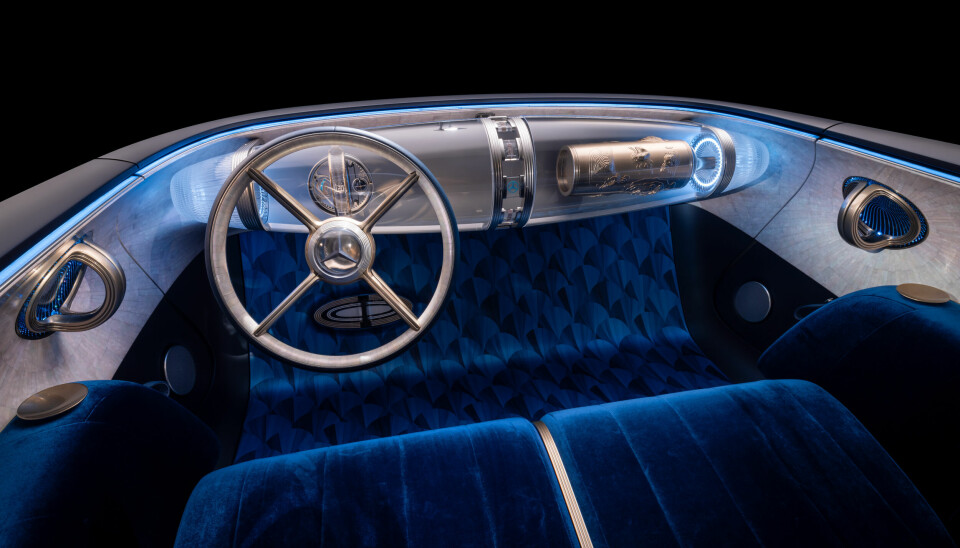
CDN: How did the autonomous driving function change your approach to the interior?
SL: When you enter an automated driving system, you have a bit of time in the vehicle, especially when it’s Level 4. So, what are you doing in the vehicle? You can relax, you can have some entertainment in the vehicle while on the freeway or in the city.
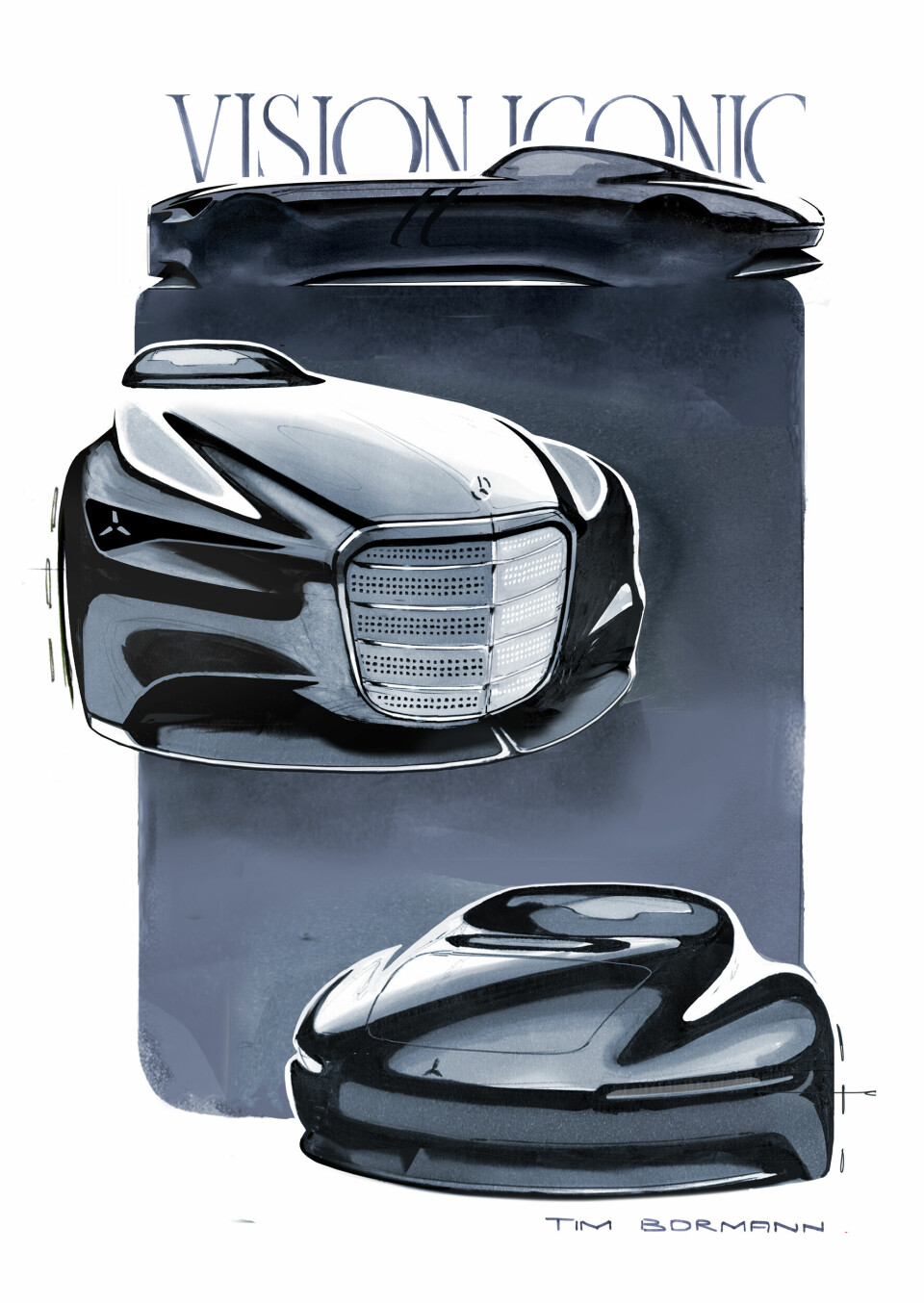
The bench in the interior helps you to feel comfortable and you have the space in the vehicle to enjoy the ride even though you’re in an extraordinary looking coupe. It’s a bit of a stretch as usually you come up with spacious vehicles, like minivans, with Level four or any kind of automated driving. But you can also achieve that in a vehicle like this, which is quite emotional.
CDN: You’ve mentioned about creating a desirable vehicle, what does the word desirable mean to you?
SL: It starts when you approach a vehicle and [look at] the proportions and architecture of the car. When you look at the front end, is it something that you like in terms of craftsmanship and in terms of look. How are the light graphics? Is it overloaded? This is the work of a designer, to get this appeal to the customers.
It shouldn’t be over complicated, and our form language is about being true to the brand. We don’t do any gimmicks; it’s always been true and authentic which I believe is important. The craftsmanship in the interior is something that we spent a lot of time and effort on because this effort makes a difference. We want to stand out in the crowd, which is also why we introduced this car in China first because we wanted to make a statement. We wanted to say, ‘here is Mercedes-Benz.’
CDN: Mercedes interiors are known for their screens, yet this concept prioritises a hyper-analogue display – why?
SL: When you look at the new GLC interior, there are a lot of screens, and you also see this in our automotive competitors. However, what we want to do is give a certain craftsmanship to the interior, that’s why analogue is playing a role. Say when you look to buy an expensive watch, a customer would rather an automatic watch and we want to bring this appeal into our vehicles to give the touch and feel of quality. For example, when you start this vehicle, the display animates the deployment of an analogue clock. There are also times where we want to emphasise the Mercedes-Benz qualities and the Zeppelin is a true reflection of the hyper-analogue philosophy – it’s an experience.
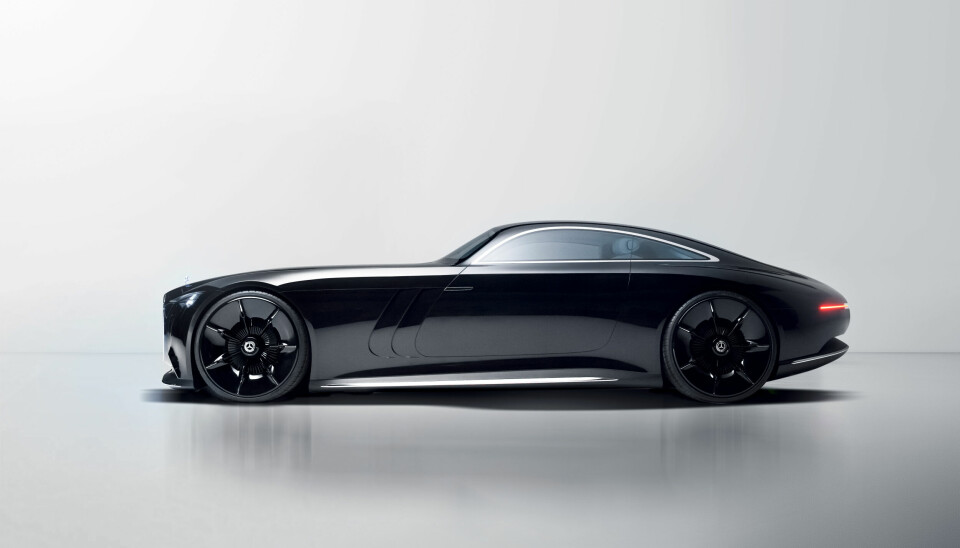
CDN: What are the chances that we see any of these features make it to a production car?
SL: [Concepts] are always there to inspire and to testify to things. We need to evaluate all the reactions. So far, the reactions on this vehicle are absolutely outstanding. We need to work on our brand values and to work on our design philosophy to move it on. So we will see.
CDN: So how does the Vision Iconic signal where the design language is headed?
SL: It reflects the pure essence of Mercedes Benz, it’s really true to the brand. We started off with the GLC in Munich and that’s the first production car that introduced the new front end. However, this vehicle represents what could have been done further, say with the grille where you also have the star on the hood. The key to this vehicle is to over-exaggerate the Mercedes values, especially in terms of respect of past vehicles.

